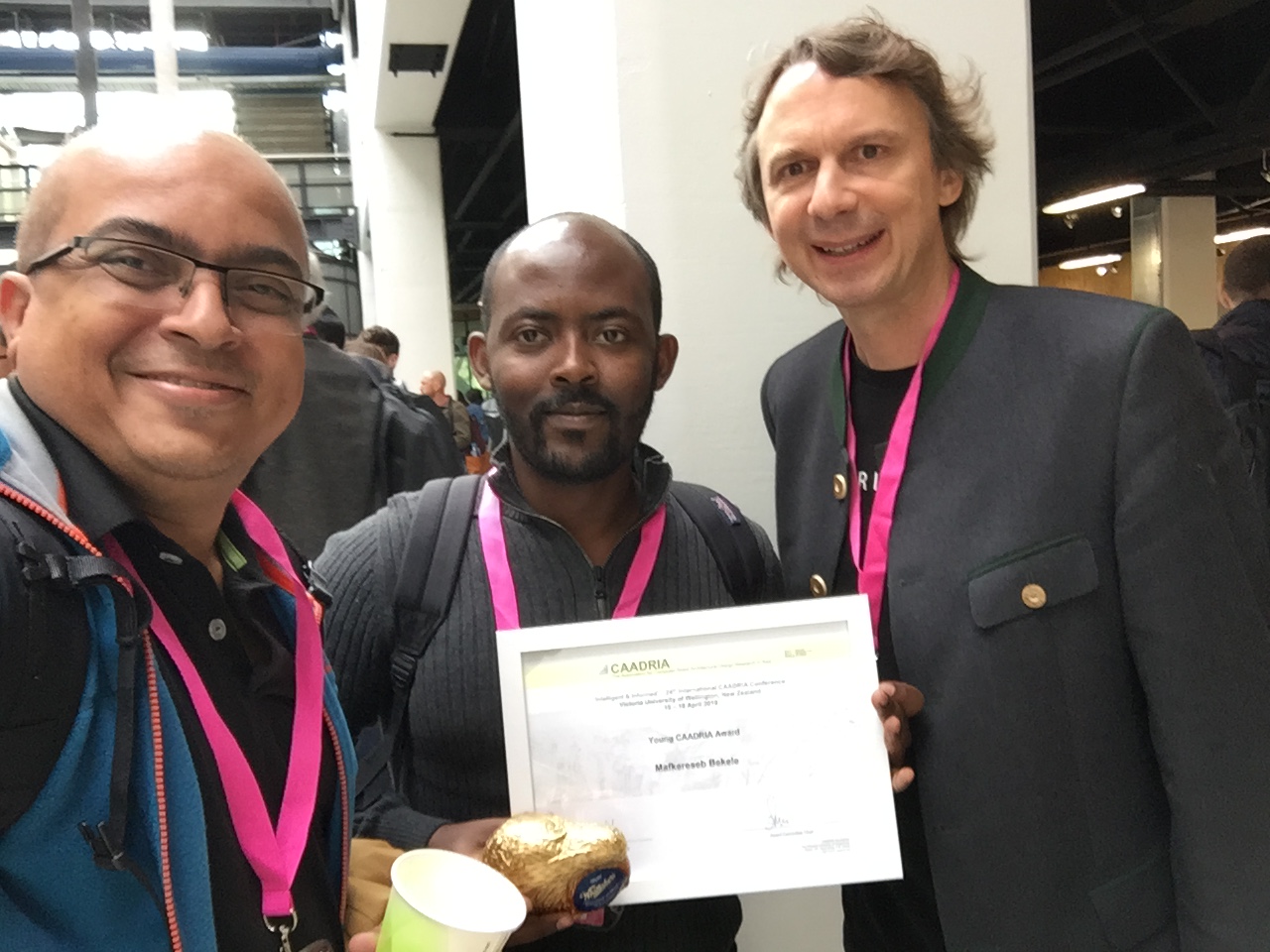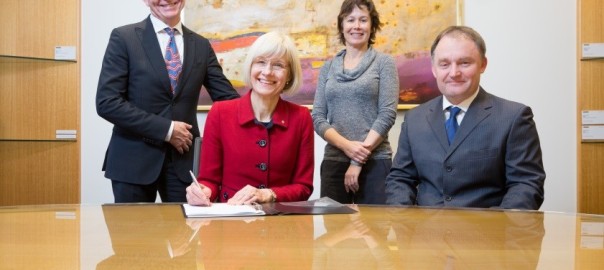Event: GLAMVR short talks and workshop (Friday 26 August, THE HIVE, from 9:00AM)

On Friday 26 August (just before Curtin Research week) a School of Media Culture and Creative Arts academics, Curtin University Library and friends will host at the HIVE a morning series of short presentations.
The main themes are:
- Digital Heritage: Workflows and issues in preserving, exporting and linking digital collections (especially heritage collections).
- Scholarly Making: How to encourage makerspaces & other activities in tandem with academic research.
- Experiential Media: How to learn and develop AR/VR and other new media technology and projects especially for the humanities.
Primary Objectives:
- To encourage humanities and especially digital humanities research, connecting research project ideas with an idea of possible equipment and the skills required.
- To get people together to discuss their projects and get feedback
- To help push forward prototypes and proof-of-concepts
- To uncover potential design ideas and available datasets for the Cultural Hackathon later in the year (see below).
Friday Morning: Short Presentations (on Digital Heritage, Scholarly Making & Experiential Media)
Speakers include
- Assistant Professor Elaine Sullivan, University of California, Santa Cruz, USA, who will speak on Digital Karnak.
- Mr Conal Tuohy, software developer from Brisbane, will speak on digital collections, visualisation and Linked Open Data.
- Short presentations from academics at Curtin and there may be a few slots available to others in Perth.
Friday Afternoon: Digital Workflows/Augmented Reality WORKSHOP (3-3.5 hours)
In the afternoon Mr Michael Wiebrands will present workflows on importing digital records and other media assets into the UNITY game engine and he will be followed by Mr Dominic Manley, who will demonstrate Augmented Reality (AR) technology and how to use AR in research projects.
Cultural Hackathon, October/November 2016
In October or November we plan to host a CULTURAL HACKATHON. Academics propose ideas, and provide datasets (and so can Libraries, Galleries, Archives and Museums). Hobbyists, programmers, students will spend the entire day in teams working on application prototypes using that data and the VR/AR equipment provided. Proof of concept ideas will be presented and the best project will win a prize and the chance to work with the academics in the near future.
PLEASE NOTE: The event is free for attendees but they will have to register at EVENTBRITE (link to follow) for either the morning presentations or the afternoon workshop. We recommend people register and attend both but having separate registrations is to encourage those who can only make one session. Numbers will be limited.














